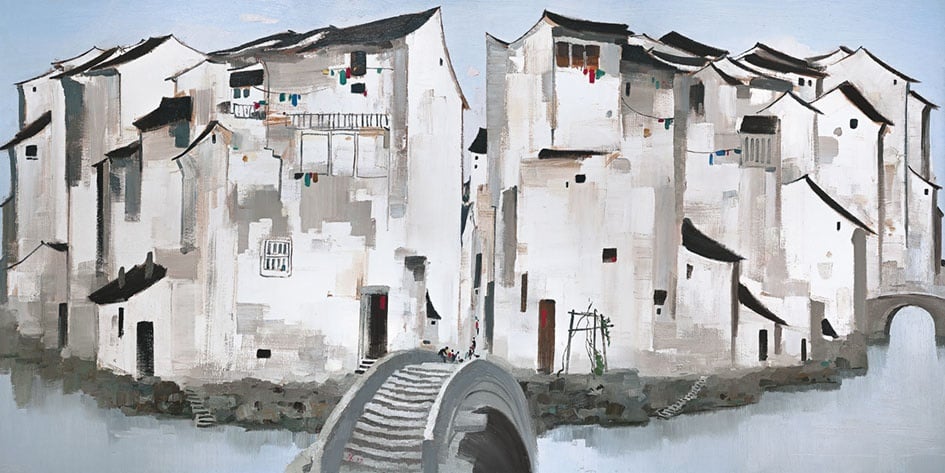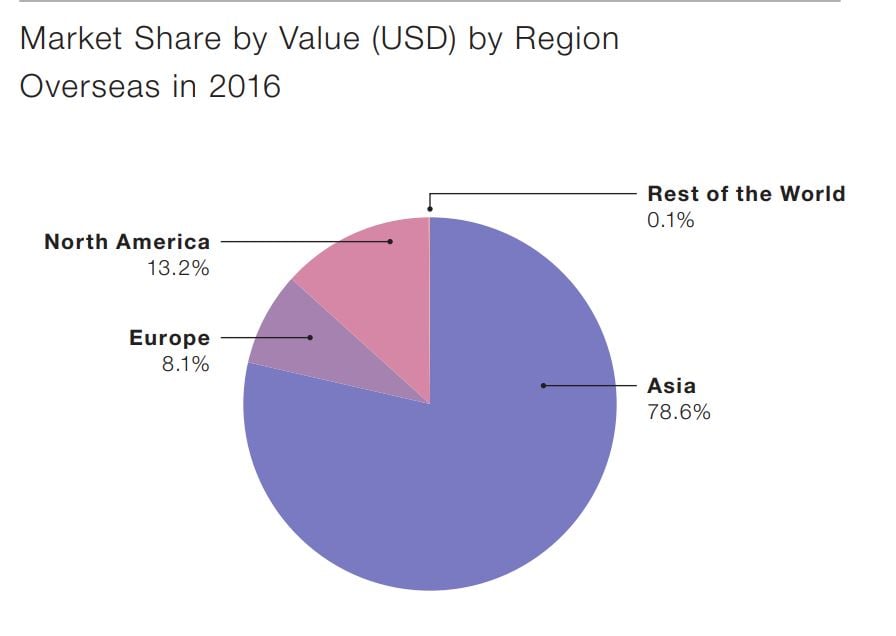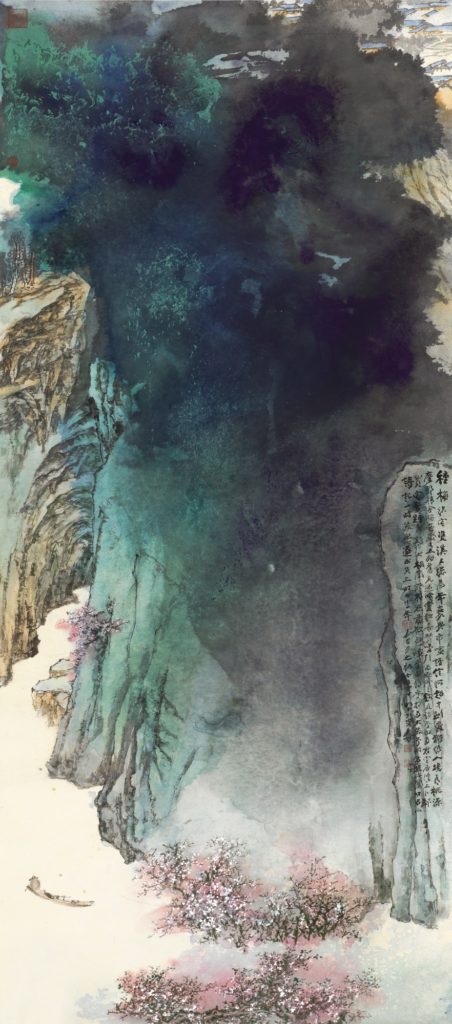Analysis
The Once-Hot Chinese Art Market Is Struggling to Reignite, According to a New Report
The market for Chinese art has fallen far below its 2011 peak.

The market for Chinese art has fallen far below its 2011 peak.

Eileen Kinsella

The market for Chinese art—both within and outside of China—continues to struggle after peaking in 2011, according to a new study by artnet and the China Association of Auctioneers (CAA). Incidences of non-payment rose seven percent in 2016, and the number of overseas auction houses offering Chinese art and antiquities fell for the first time in seven years. Nevertheless, the market for Chinese art in mainland China is on the upswing after a period of contraction.

Source: artnet Price Database 2017
The figures come from the latest edition of the Global Chinese Art Auction Market Report, the sector’s only in-depth look at the worldwide market for Chinese art and antiquities. The report, which aims to provide the most accurate representation of the auction market in China, is the only such summary to include auction results from mainland China that have been vetted by a third-party organization.
To assemble the report, the CAA compiles data on works sold in mainland China directly from the auction houses in response to data submission requests. (The data was then independently verified by CAA.) Meanwhile, artnet compiles all data on works sold outside China—sales in Hong Kong and Taiwan qualify as overseas—including data from all 324 auction houses outside of mainland China that sold Chinese art and antiques in 2016.
Below, we’ve assembled the eight major takeaways from the fifth annual report.

Source: artnet Price Database 2017

Zhang Daqian, Peach Blossom Spring (1982) sold at Sotheby’s Hong Kong for $34.9 million. Courtesy Sotheby’s.